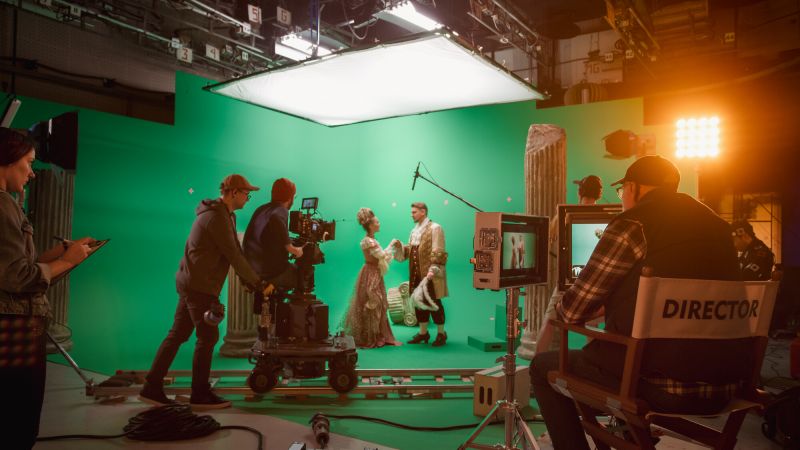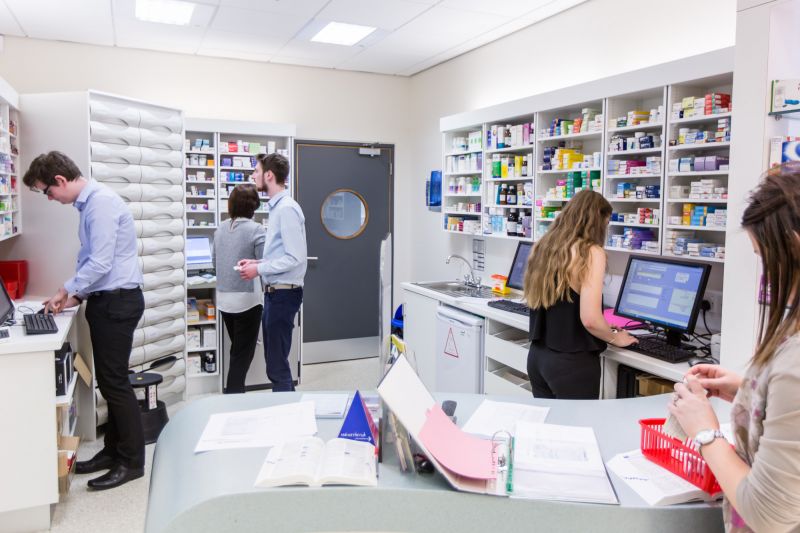Short Course: Introduction to Remote Sensing
About
The ‘Introduction to Remote Sensing’ module provides significant advantages for both the sector and learners. For the sector, it emphasises the integration of remotely-sensed images as a vital source of GIS data, enhancing the accuracy and comprehensiveness of spatial analyses. This integration supports various applications such as environmental monitoring, urban planning, and resource management, leading to more informed and effective decision-making processes.
For learners, this module offers a thorough grounding in digital remote sensing, combining theoretical knowledge with practical experience. The hands-on training with ERDAS Imagine and other proprietary software ensures that participants develop robust technical skills. The continuous skill development through practical exercises and an individual project prepares learners for real-world challenges, making them highly competent and competitive in the job market. This module not only broadens their understanding of remote sensing (including satellite-mounted sensors) but also enhances their ability to apply these skills in conjunction with GIS, thereby expanding their career opportunities and professional growth.
Start dates
Delivery format (fully online)
Typically, the course will have around 5 hours of taught content per week. Participants should expect to spend around 25 hours per week on the course. This is fully online course and on-campus attendance is not required.
Teaching, learning and assessment
This course is delivered through Blackboard, an online Virtual Learning Environment, through which we provide teaching materials, assignment instructions, links to electronic library resources and other reading materials, as well as discussion boards and other communication tools.
You will be assessed by coursework only and there are no sessional examinations. Assessment involves a mixture of methods including practical reports, problem analysis, research projects, presentations, blogs, online tests, and group work.
Career options
This course opens the door to careers in environmental consultancy, urban and regional planning, climate research, disaster response, agriculture, and resource management. Graduates may pursue roles such as Remote Sensing Analyst, GIS and Remote Sensing Specialist, Environmental Monitoring Officer, Geospatial Analyst, or Earth Observation Technician. The module builds highly transferable skills in image processing, interpretation of satellite data, and integration of remotely-sensed information with GIS using industry-standard tools like ERDAS Imagine. Learners also gain a solid understanding of sensor technologies and spatial data analysis, equipping them to address real-world challenges through evidence-based, geospatial insights across a broad range of sectors.
Academic Profile
Dr Neil Brannigan – Dr Neil coordinates the Introduction to Remote Sensing module. His research focuses on soil erosion and muddy flooding, especially in the context of future climate change impacts, resilience, and adaptation strategies. With a strong background in GIS and remote sensing, he use these tools to deepen our understanding of environmental resilience and sustainable management, supported by regional climate scenario development.
Further Information
Modules
The course comprises a single module on Introduction to Remote Sensing.
Entry requirements
Academic qualifications
You must hold a degree in a science, or other suitable discipline, or demonstrate your ability to undertake the course through the accreditation of prior experiential learning.
As a normal requirement, applicants must hold an Honours degree (2:2 or above) with a substantial component of geography, environmental science, computing or other numerate discipline. Applicants with other equivalent and relevant qualifications or experience can also be considered on an individual basis.
Eligibility
Places are limited and open to applicants who:
- are 18 or over at the point of enrolment;
- have a right to work and undertake training in the UK at the point of application and for the duration of the course and must not be disqualified from doing either by reason of their immigration status. Proof of this will be required to progress your application. Prove your right to work to an employer: Overview - GOV.UK
- meet the course specific entry requirements. See course pages for requirements.
- meet the Ulster University general entry requirements including competency in English (as evidenced by GCSE Grade C in English or alternative). For English competency, a degree taught in UK or Ireland covers this requirement. If your degree is from outside the UK or Ireland, please see our list of acceptable qualifications or tests.
- are available to register in person at the campus as required.
Apply now - limited places available
There are a limited number of places for this course. Offers will be extended to those applicants who meet the entry requirements following successful completion of the application process, and have provided evidence of such, on a first come , first served basis.. Applications will no longer be accepted or processed once all offers are extended. Applications will no longer be accepted or processed once all places are filled. Applications can not be considered once a course has started.
Please note you can only be funded by DfE for a maximum of two courses at any one time (including modules to a total of 45 credits per semester - if studying part-time).
When creating your application you will need to have the following documents saved electronically as they need to be uploaded as part of the application process:
- Passport
- Evidence of having right to work and undertake training in the UK*
- Degree Certificate
- English Competency (If you have a degree from UK/ROI, you don't need to provide anything else)
* Holders of UK or Irish passports automatically have this right. if you hold a passport from another nation, please provide evidence of UK immigration permissions to include a ShareCode and/or BRP.
To select the correct course, in the field called Please select the subject area, select Green Skills from the drop down box. Then select Introduction to Remote Sensing from the next drop down box.

















